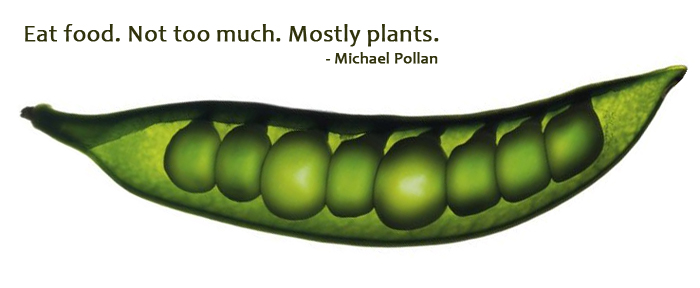A few months ago, I realized that I felt somewhat “good.” Now, I don’t know how to properly define what it means to feel “good,” but I do know that after spending the last ten or so years of my life not eating fast food, drinking soda, or putting an excessive amount of harmful stuff in my body (hey, we all need to get drunk every once in a while), that I just felt pretty good.
In fact, I felt good enough to begin a weight loss contest with my roommates. My hope was that the weight loss contest would motivate me to go to the gym more often and, in the process, eliminate some of the nagging nuisances of being so overweight. For example, my joints (knees, ankles, and hips) tended to feel extra stressed after laying on a couch or sitting on my leg (which I do often in my home office area). You know – typically overweight stuff.
Those somewhat nagging physical inconveniences aside, I’m constantly trying to put myself in a situation where I can learn new things about topics that I’m interested in. For the last few months, I’ve been reading up on different diets that focus on simplicity and common sense and I found myself looking at the paleo diet. After a little bit of research I wound up on Mark Sisson’s website (MarksDailyApple.com) and flipping through a sample of his book called The Primal Blueprint. Flipping through that sample made me realize that the trajectory that I’ve been on for the last ten years is pretty much a combination of Michael Pollan’s food rules, the paleo diet, and The Primal Blueprint – so I purchased the eBook version of The Primal Blueprint and began reading.
And you know what? I really enjoyed reading this book.
Sisson goes into detail about his ten rules for living a primal lifestyle. To do this, he uses a fictional, catch-all character named Grok – one of our cavemen ancestors who lived a simple life that consisted of foraging and hunting animals for food and running for dear life when that food started to attack! Conceptually, the entire basis of The Primal Blueprint is built around Grok’s life and how it can translate to today’s world. It’s a brilliant form of writing because by using a fictional character that the entire world can relate to (a caveman), Sisson is able to start each reader of his book (or his website) at a similar “square one.” In other words, in order to understand and accept The Primal Blueprint, you have to understand and accept that cavemen lived simple lives.
Which is a simple enough concept to grasp, I think!
The core of The Primal Blueprint diet is to reduce the amount of grains that you eat and increase the amount of fresh fruits and vegetables. That’s about as a boiled down as I can make the discussion about food without getting too technical (for example, don’t eat just fruits and vegetables – eat organic fruits and vegetables). And Sisson – as many health writers are these days – is a big proponent of eating meat (grass-fed, organic). Eating a good portion of meat is part of Sisson’s war on Conventional Wisdom (a defined term in The Primal Blueprint and thus why it is capitalized here). Sisson argues that Conventional Wisdom is what made the majority of Americans fat and overweight while living unhealthy lifestyles with little to no play time or exposure to the sun.
While I was reading this book, I looked at the world around me and it’s very easy to notice that Sisson is absolutely right on many of these anti-Conventional Wisdom points.
In addition to the deconstruction of Conventional Wisdom, the other main point in the book that stuck with me was the attack on Chronic Cardio (another defined term, thus the capitalization). For Sisson, Chronic Cardio is what most of us get engaged in when we say we’re “going to the gym.” You know how it works – you get on the treadmill, steadily increase your pace, stay on for a little while, move on to the elliptical machine, repeat the same procedure, move on to the stationary bike, repeat the same procedure, and call it a day. Sisson argues that this isn’t healthy because it puts your heart beat range in a dangerous, unnatural zone and conditions your body to stop burning calories (i.e. the plateau effect when trying to lose weight). For the anti-Chronic Cardio discussion alone, I’d advise clicking through Sisson’s website or flipping through his book at the local Barnes & Noble (which I did before I purchased the cheaper, more cost efficient NOOK Book version).
One of the annoying parts of reading the book was the constant references to going to Sisson’s website to get more information on a certain topic. Sure, it’s nice that there is a free resource to access additional information on a topic, but I don’t need to be reminded about that free resource every few pages.
Granted, there were a bunch of formatting issues when reading the NOOK Book version of The Primal Blueprint, but none so egregious that I had to stop reading the book at any point. I have to imagine that the reason why there were formatting issues is because this book is pretty much self-published and didn’t have the benefit of a big publishing house to review every format and aspect of the book. No worries, though, the NOOK Book version is very accessible (and very easy to read while I was on the treadmill or the elliptical at the gym).
